Winterpause.❄️ Für Terminvormerkungen etc. erreichen Sie das Sekretariat zu den Bürozeiten.
Nachrichten
-

14. November 1415: Jahrtag des Weiderechtsvertrags zwischen Schnals, Vent und Rofen
-

So war die Kinderwerkwoche 2025
-

Ein Rückblick auf die 13. Prähistorischen Meisterschaften im archeoParc Schnalstal
-
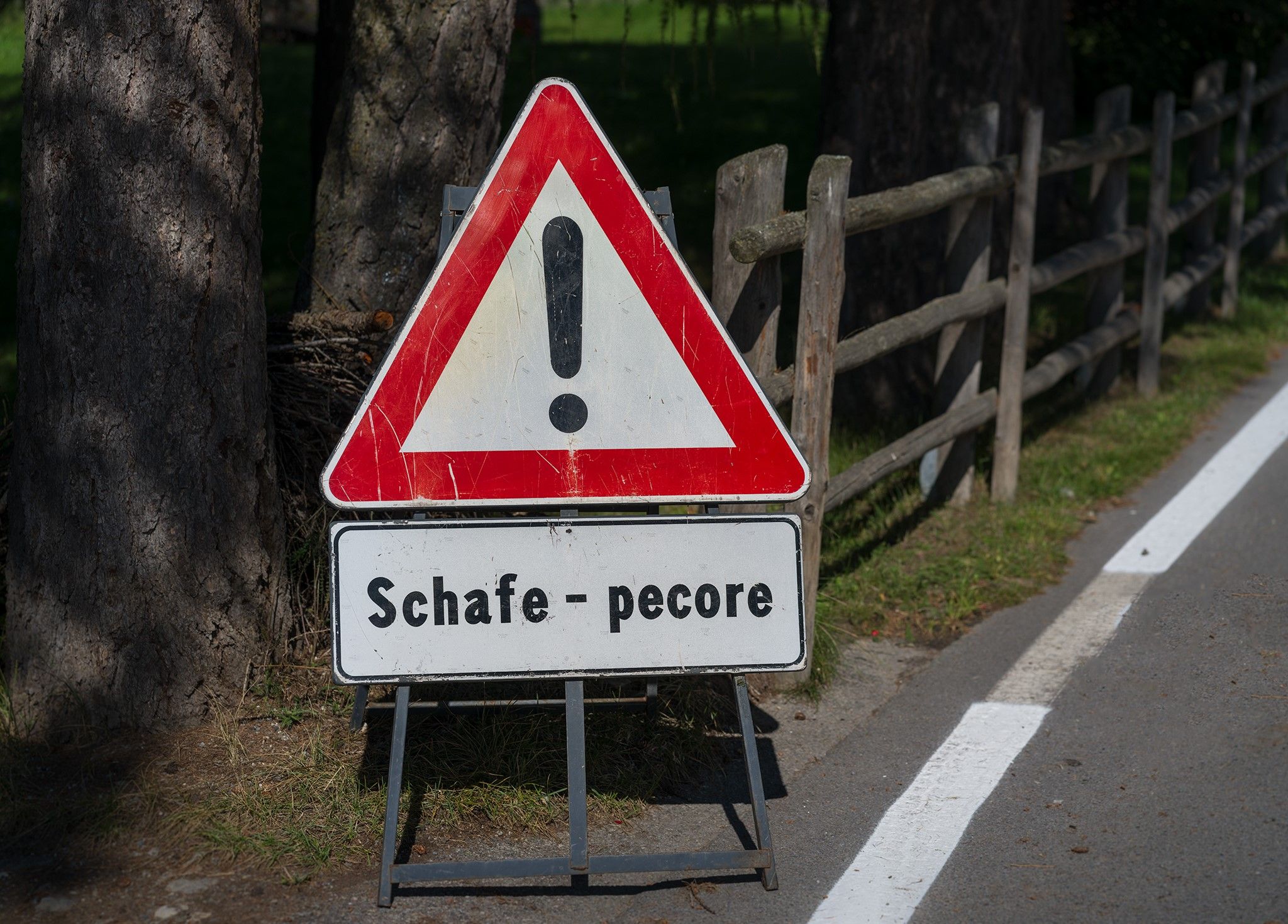
Veranstaltungen anlässlich der Bezirkskörung der Schafzüchter 2025
-

Erwachsene im archeoParc
-

Neue Dauerausstellung „Die Suche nach Gras“ im campus transhumanza
-

Visitor’s book August 2025
-
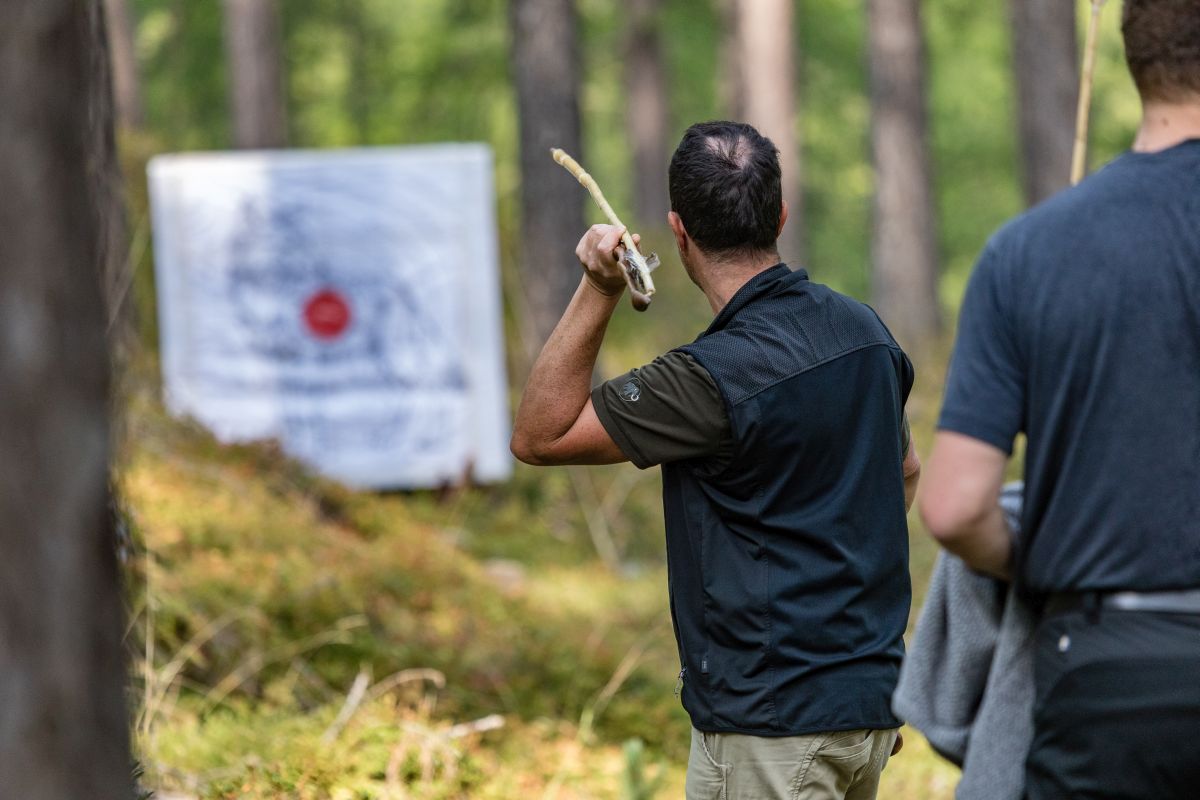
European Championships for Prehistoric Weapons and World Atlatl Contest 2025
-
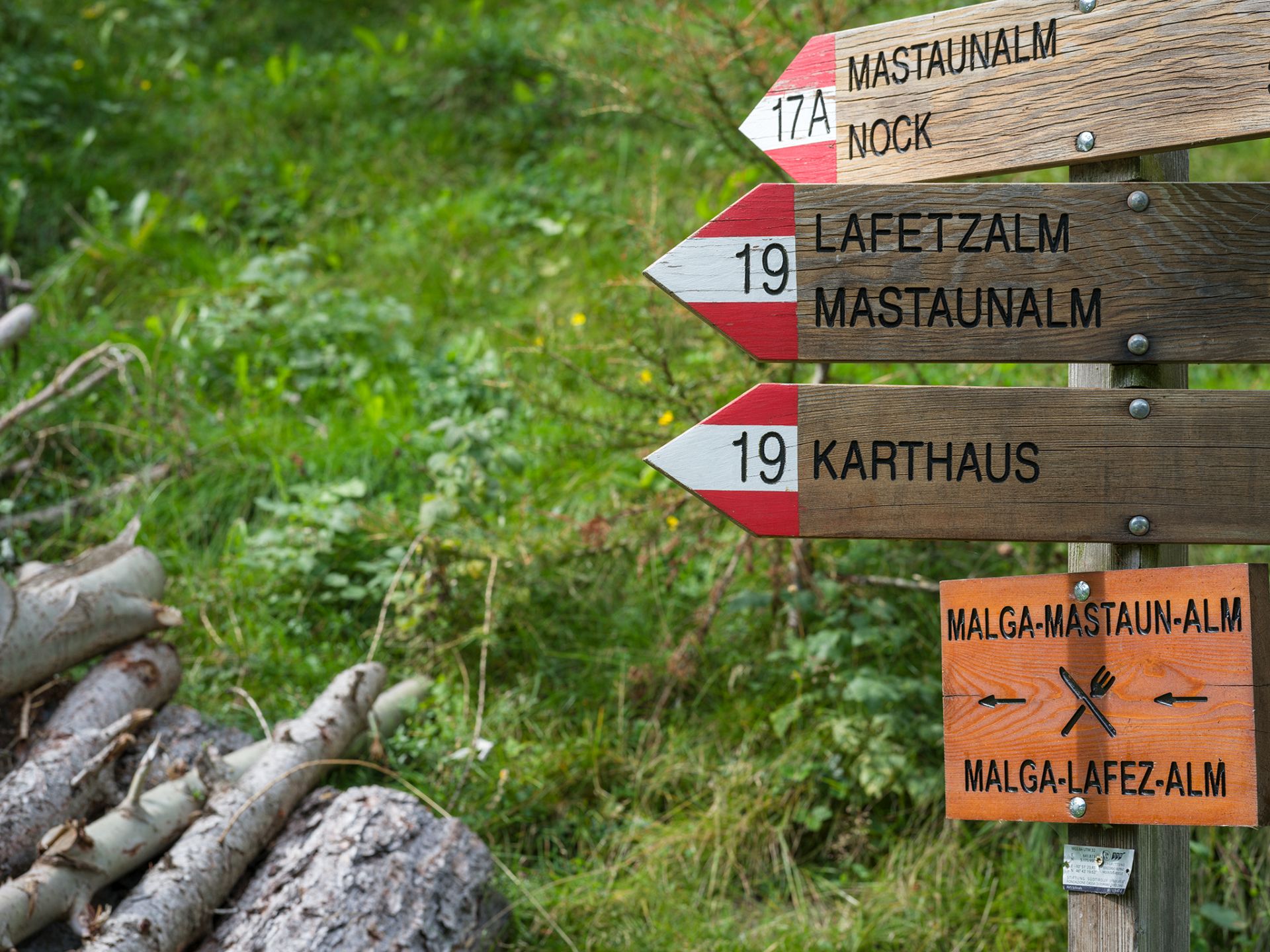
Ein Besuch im archeoParc Unser Frau mit anschließender Wanderung nach Karthaus
-

Repost: Jugendzentrum Fly Leifers zu Besuch im archeoParc
-

Visitor’s book June&July 2025
-
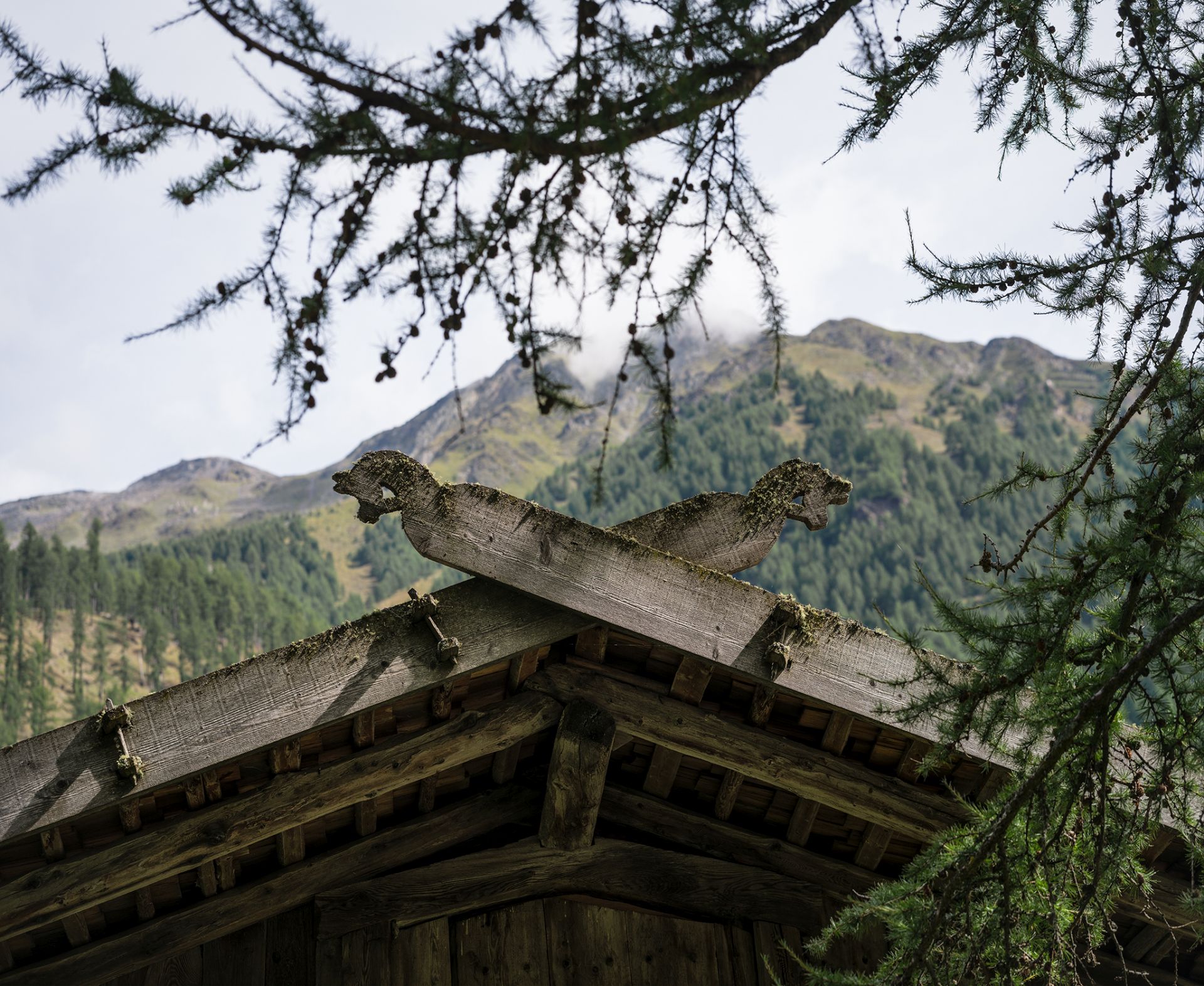
Save the date: Fest campus transhumanza am 6. September
-

Wanderung zur Mastaunalm und archeoParc-Besuch kombinieren
-
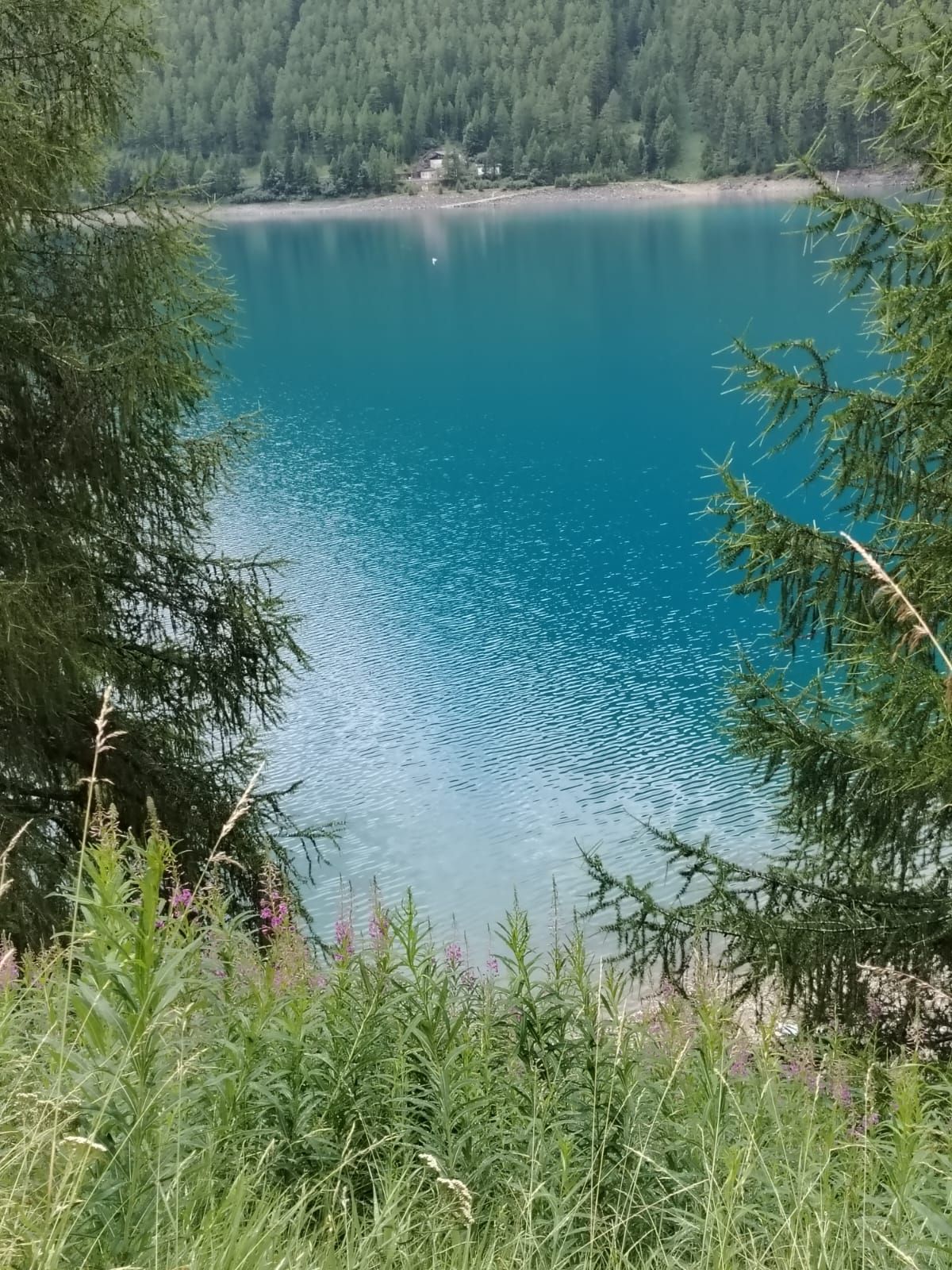
Rundwanderung um den Vernagter Stausee und Besuch im archeoParc
-

Ötzi, ein Trailrunner?
-
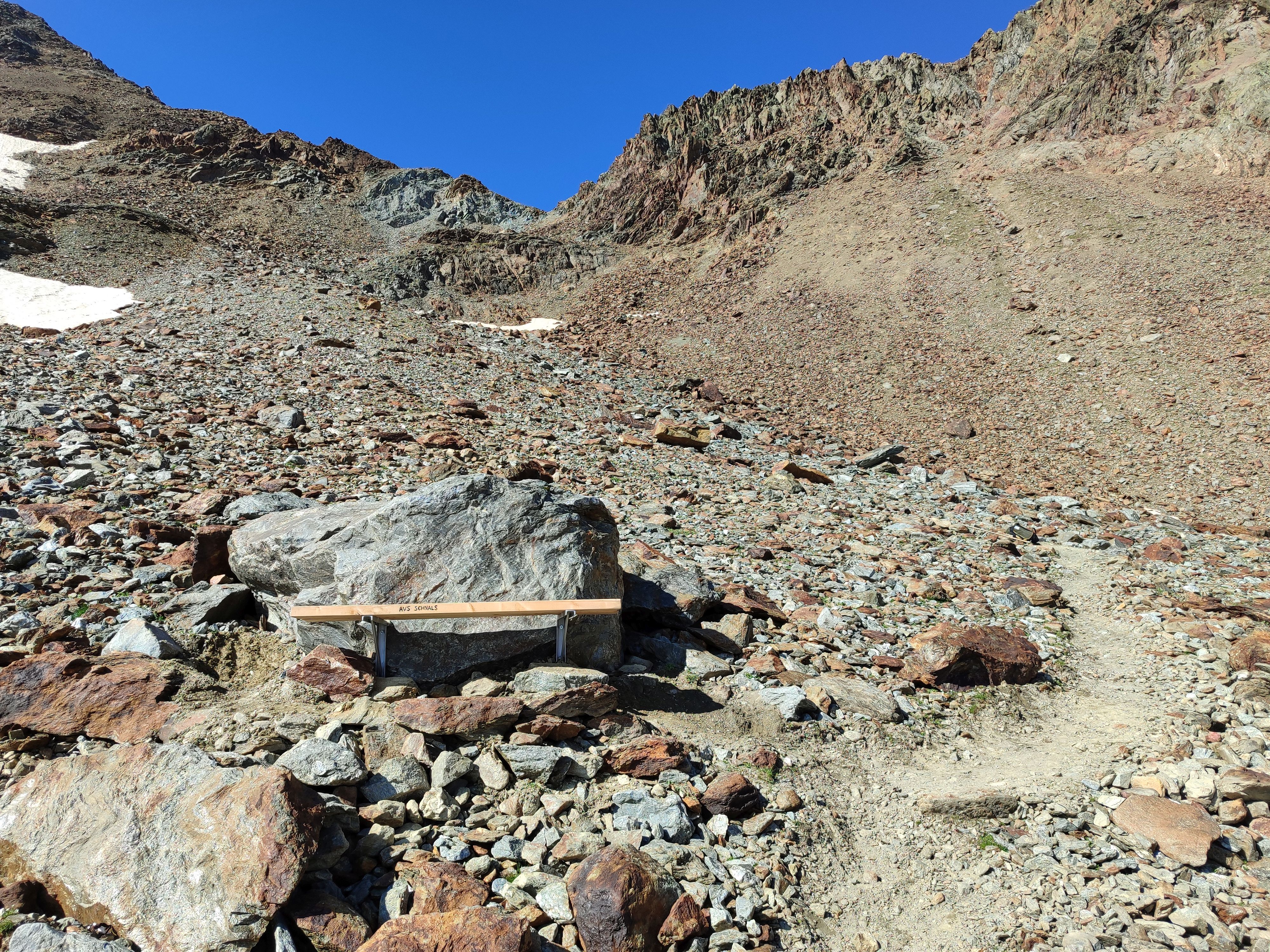
Bergmesse auf dem Langgrubjoch anlässlich der Eröffnung des Wanderweges Nr.1
-
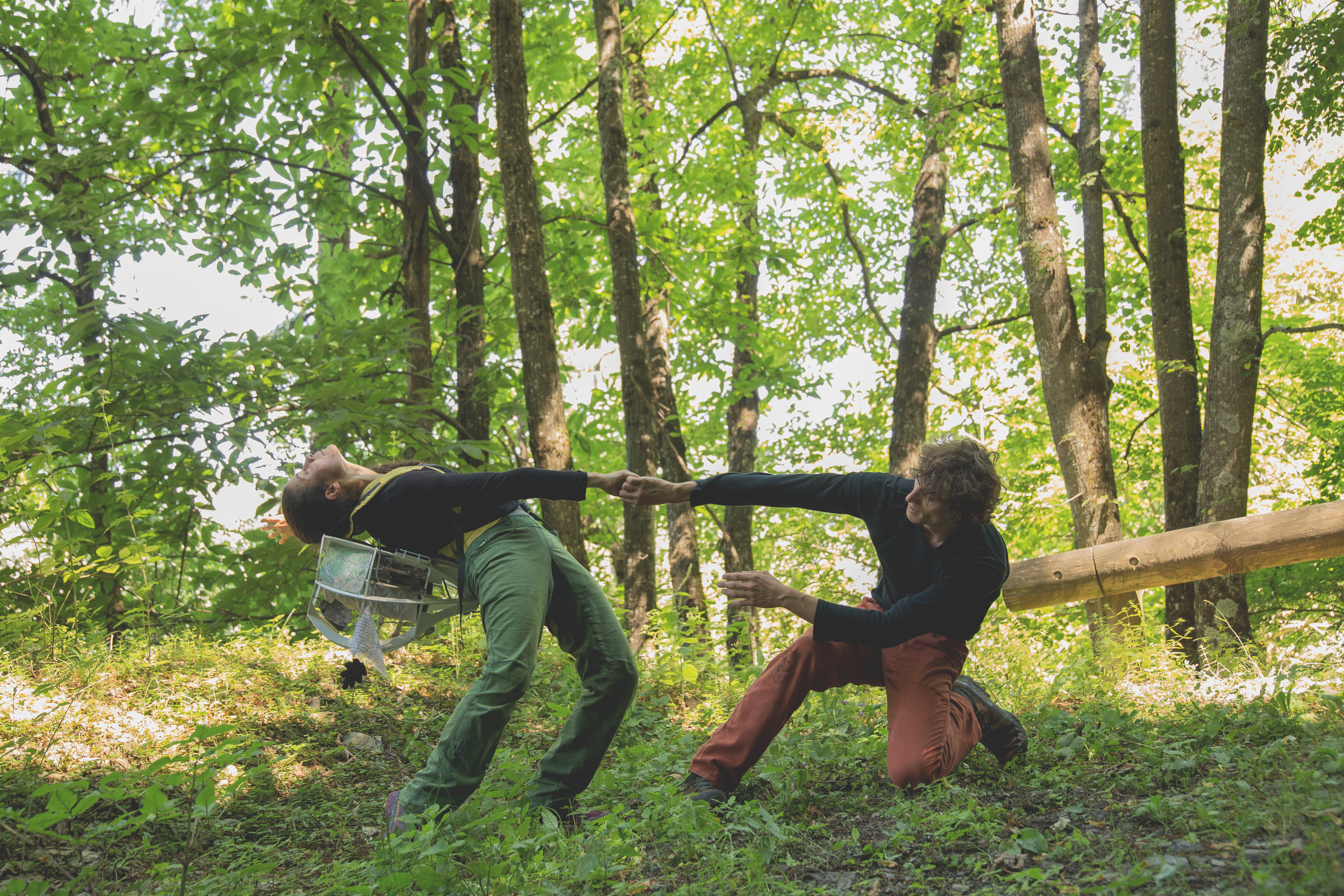
‚Tag des Zuhörens‘ im Schnalstal
-
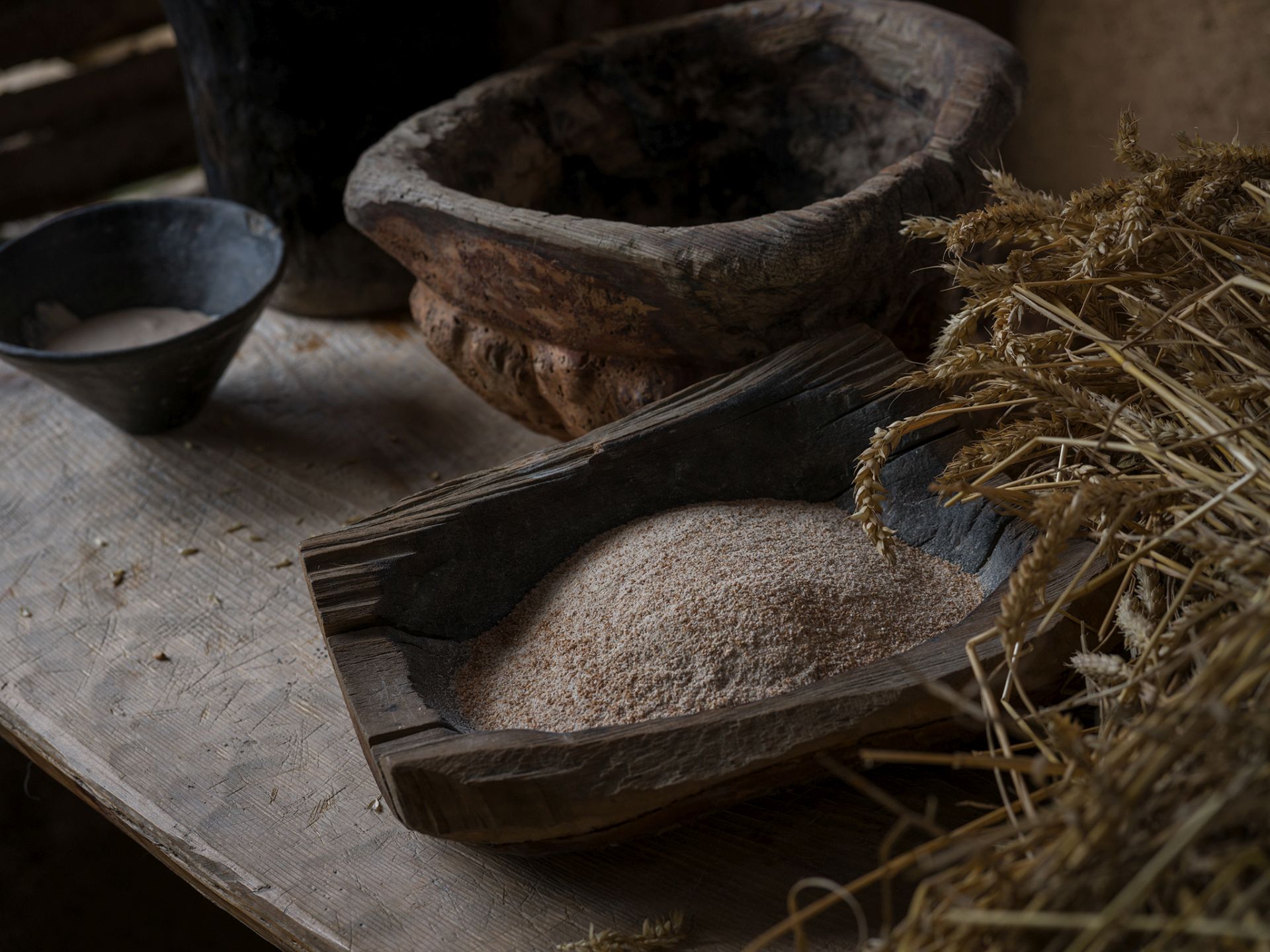
Ötzis Brotbacknachmittag – Vorführung zum steinzeitlichen Brotbacken
-
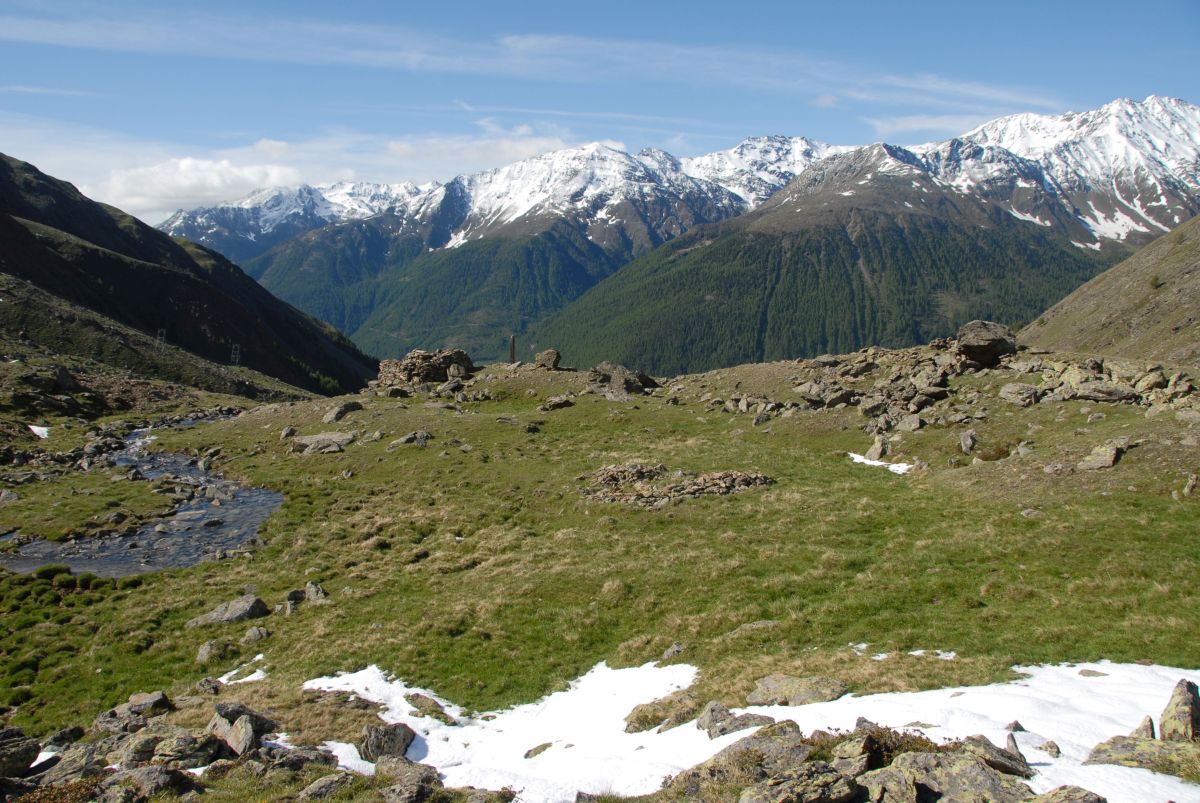
Archäologen im Tisental unterwegs
-

campus transhumanza 2025
-

Medieninformation „7. Internationales Bogenbau-Symposium im archeoParc“
-

Videobotschaft vom Landesrat Peter Brunner zur Eröffnung des Campus Transhumanza
-

Medieninformation „Eröffnung Campus Transhumanza“
-
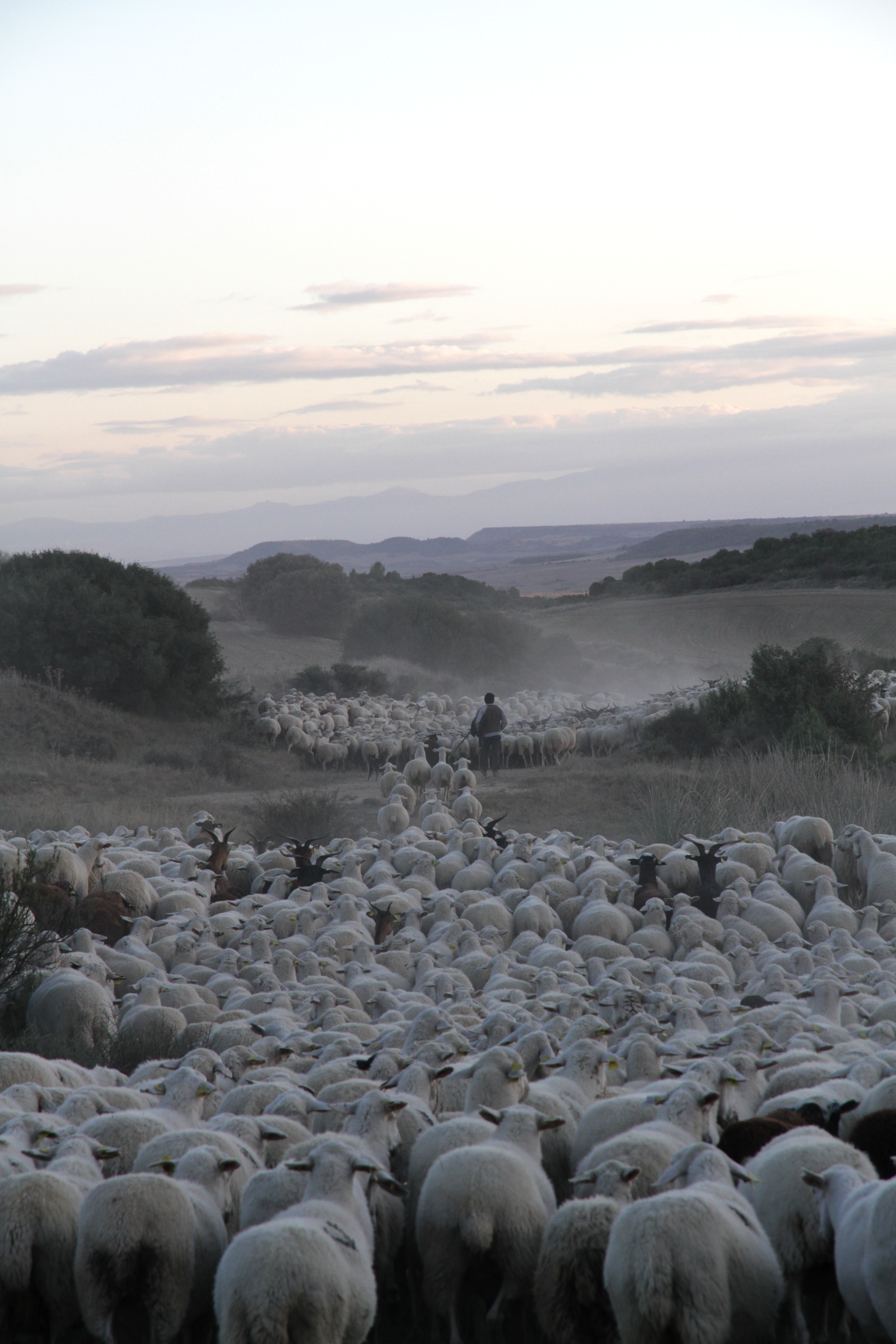
Medieninformation „Wege aus Gras und Fels“ im Campus Transhumanza
-

Umfrage „Campus Transhumanza“
-
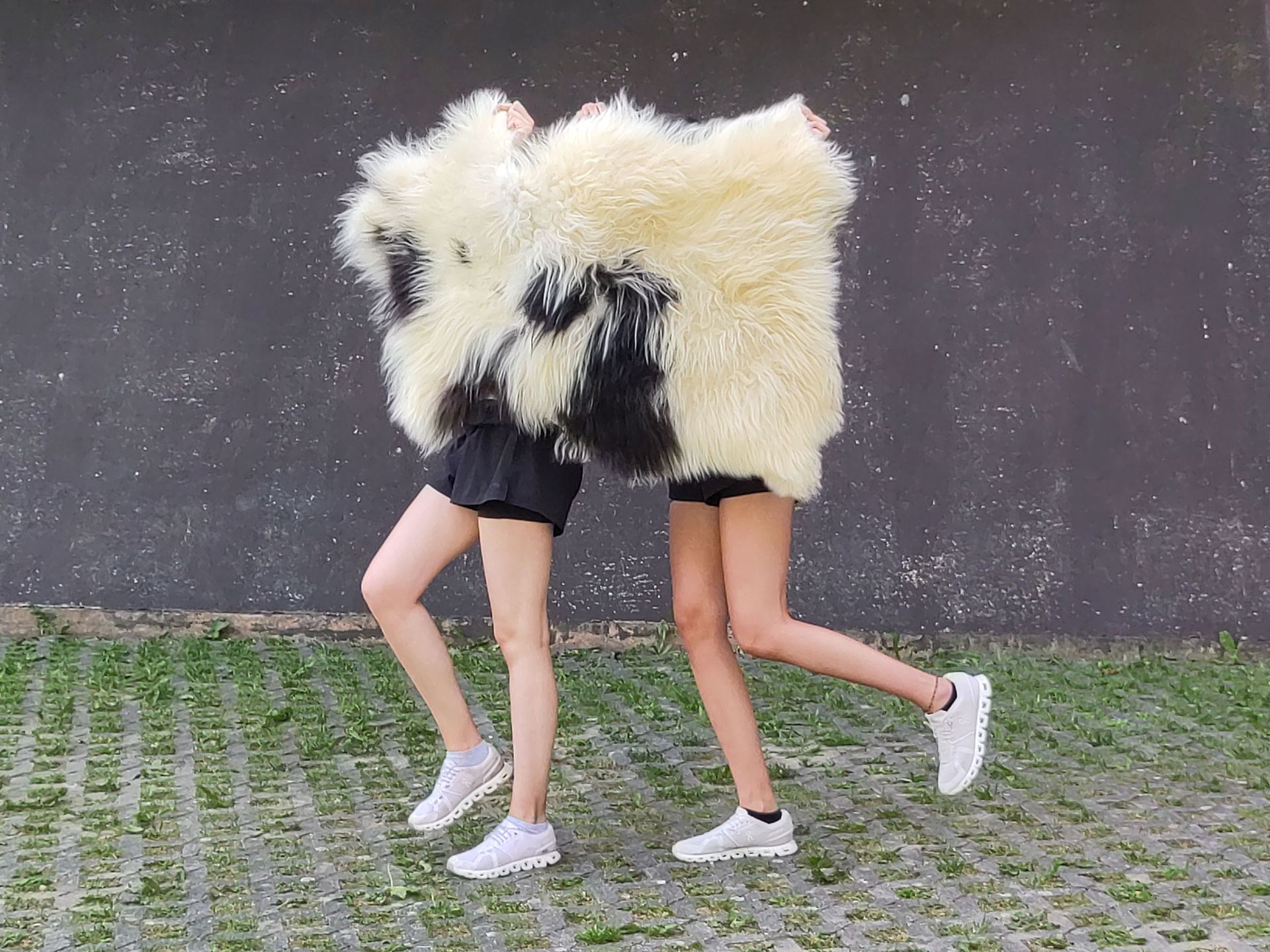
Ratespiel „Fellfarben der Schafe“
-
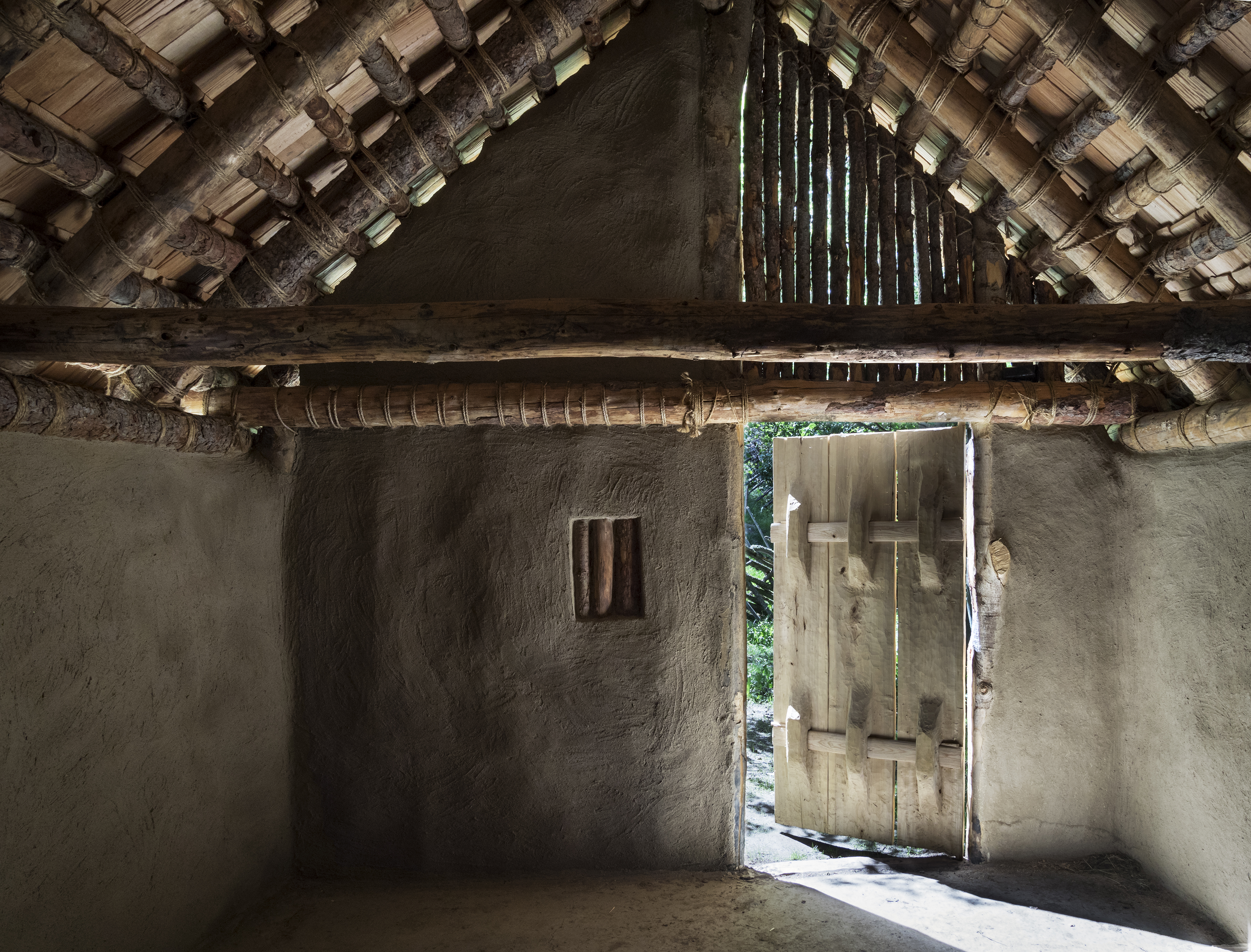
Der archeoParc und die Europäischen Archäologietage
-
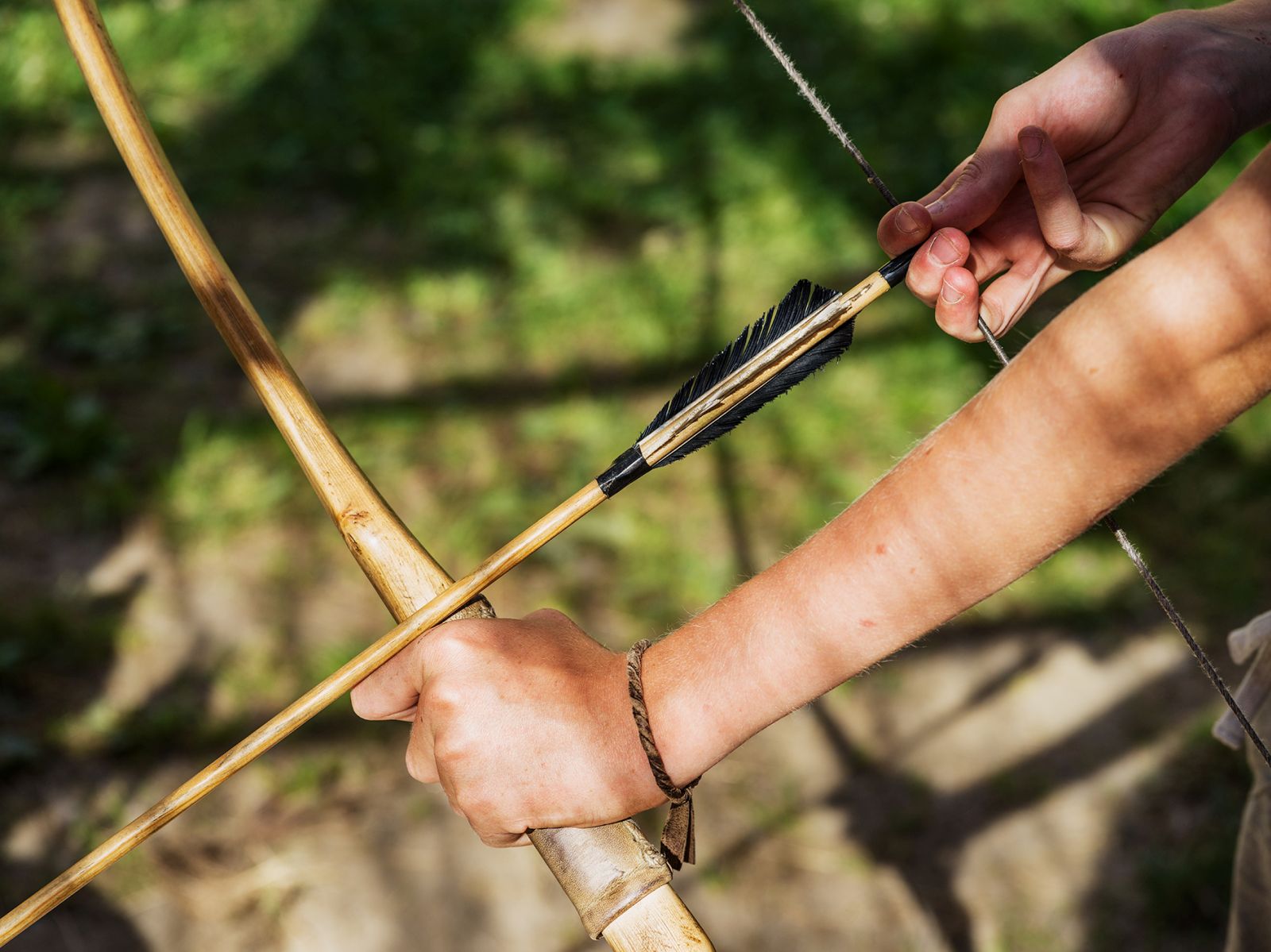
Kinder- und Jugendbögen zu Ötzis Zeiten
-

Save the date: Eröffnung Campus Transhumanza am 22. Juni
-
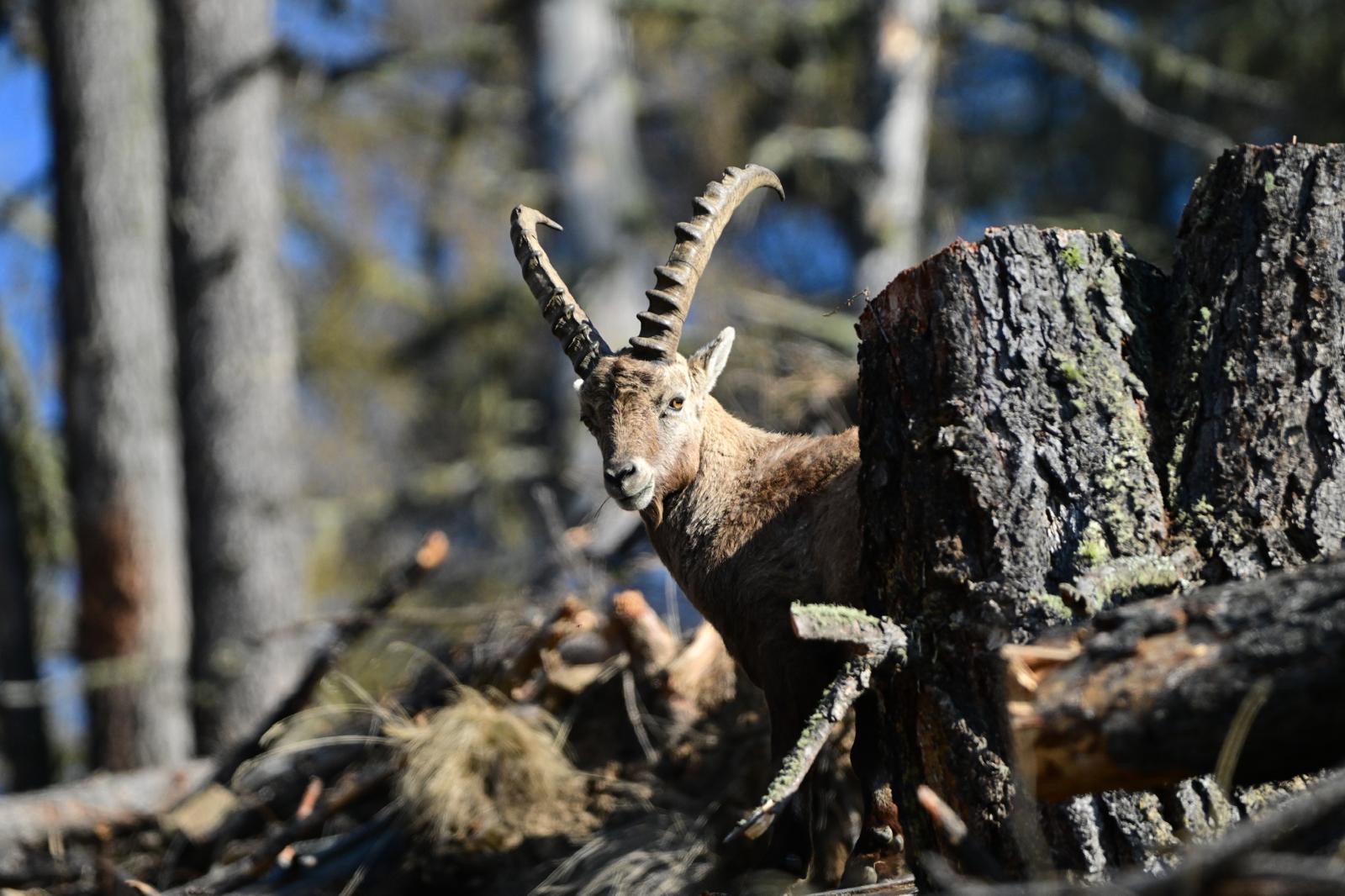
Alpensteinbock im Schnalstal